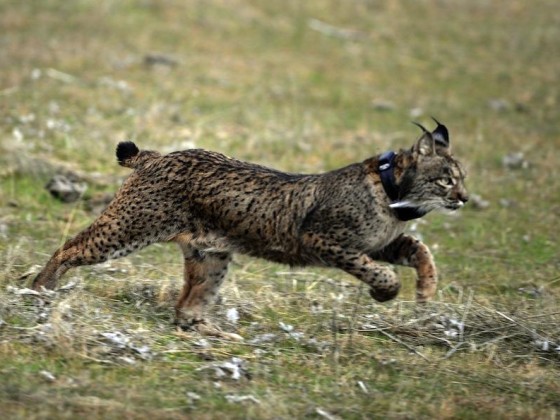SILVES, Portugal — The world’s most endangered cat? If you’re guessing tiger or snow leopard, think again. The Iberian lynx is officially the feline at greatest risk of extinction.
Decades of habitat destruction, hunting and rabbit epidemics that wiped out food supplies mean there are barely 350 still alive in the shrinking wildernesses of Spain and Portugal.
